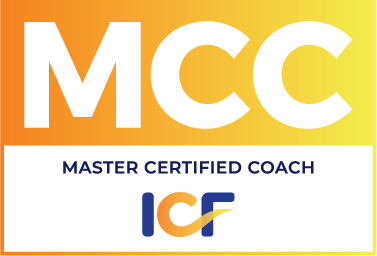Aspects of Feedback
There are two distinct aspects when we talk about feedback: giving/offering and requesting/receiving.
In our coach training program (www.mclarencoaching.com/coach-training), we separate offering and requesting feedback into different training days so the distinction is very clear.
It seems that for most people, both are fairly uncomfortable.
In the world at large (or at least where I live and practice), there seems to be a particular belief system around feedback generally, that might account for the reticence to offer it or request it:
It goes like this: Feedback is “good” or it is “bad.” It feels nice to get “good” feedback. It feels crappy to get “bad” feedback. Relatedly, if you want to criticize someone, “feedback” is a good word to use. Therefore, if someone says they have feedback for you, that is not usually good news.
Obviously, this creates some problems, namely that people don’t want to offer OR request feedback.
What if we could change that?
In coaching and leadership, we do not conceptualize feedback as good or bad. It is objective information that is designed to be helpful.
Tip #1: If your intention is not to be helpful, but to change somebody or make them feel bad, this does not qualify as feedback.
Feedback is information. It can be “working,” as in, “I notice you did X and it got you Y and that was the result you were after”; or non-working, as in, “I notice you did X and it got you Y and that was not the result you were after.”
If, in your organization, “feedback” is only offered to correct or criticize a person, then people might be nervous when you say you have feedback for them.
Tip #2: Create a feedback-rich environment. Offer “working” and “non-working” feedback regularly. Offer both. Try naming them as “information” and “observations” rather than “feedback,” just to get away from the bad association many people have with feedback. Don’t offer feedback if you are angry or upset. Let people know that you are offering it to support them in seeing what they do not see. And then act this way.
More Tips to Try
Other tips in offering feedback:
- Ask for permission before you offer feedback
- Give specific information
- Give facts and data to emphasize objectivity; do not give your opinion
- Talk about what you have seen, heard or felt; not hearsay
- Address behavior that the recipient can control
- Address any specific action in need of change, or that worked well, as close to the occurrence as possible
- Focus on the actual actions and observed results rather than delving into why something occurred
- Distinguish facts from characterizations (ex: “You were late 3 times this week” vs. “You are unreliable”)
- When you feel something worked well, lay it out specifically, rather than saying things like, “Good job”
Let us know how it goes!







